Dark green celery, bred for flavor | Slow to bolt, disease resistant
Days to Maturity: 80
Hadrian Celery, an F1 hybrid, is grown as a stem vegetable. The plant sets dark green stalks and has shown good tolerance to bolting. Stalks and leaves can be eaten raw or boiled, braised, steamed, stewed, or stir fried. Celery is a good source of vitamin K. It also contains potassium and phytonutrients, predominantly carotenoids and flavonoids.
A biennial to perennial, typically grown as an annual, Hadrian Celery is a member of the carrot family (Apiaceae). The plant forms a basal rosette of dark green leaves and shows a good resistance to fusarium.
Hadrian Celery grows best in locations with 5 to 7 hours of full sun each day and loose, rich, well-draining soil with a neutral pH between 6.0 and 8.0. Consistent moisture is very important.
A cool-season, semi-hardy vegetable, one of the first to be planted in the garden, celery seed can be direct sown into the garden as soon as the soil is workable in early spring, after the last frost date. But it can also be started indoors about 10 weeks before transplanting, spring and fall. It needs cold temperatures to germinate and grow and can withstand light frost and temperatures in the 28° to 32°F range. It grows best with temperatures in the 60° to 75°F range. Mulching helps to moderate soil temperature and to maintain soil moisture. Row covers protect plants from excessive cold and heavy frosts.
If you plan to start your seeds indoors, be sure to check out our Bio Dome Seed Starter Kit. With the Bio Dome, you can control the temperature, light, and soil mix to ensure your seeds become strong for transplant.
Details
Skip Product Specs
Genus Apium
Species graveolens
Variety Hadrian F1
Item Form (P) Pkt of 250 seeds
Days to Maturity 80
Fruit Color Green
Seeds Per Pack 250
Additional Characteristics Edible
Resistance Fusarium Wilt Race 1, Disease Resistant
Uses Cuisine, Outdoor
Be the first to review “Hadrian F1 Celery Seeds” Cancel reply
Shipping is an additional 15-29 business days depending on location. Shipping time will be provided at checkout.
Returns
If seeds fail to leave China, we will refund your payment 100%. But if seeds fail to reach you due to customs problem on your side which we were not informed in advance, we will not be able to bear any loss, and no refund will be made.
We sell only viable plants seeds online, and test germination of our seeds from time to time. So we will not be able to refund for seeds that clients fail to germinate, unless we are convinced that it's truly problem of our seeds.
———
Please send us an email: [email protected] and be as detailed as possible while filling in the information.
After submission, We will reply to you within 24 hours. Please be patient.
———
CHARGEBACKS & DISPUTES
Please contact us by email before opening a merchant chargeback or payment dispute, as we can generally resolve the issue before that takes place. Any chargebacks and disputes disable our ability to issue refunds or credits due to funds being frozen.
———
REFUND, EXCHANGE AND RETURN
Customers have the right to request a refund/ return/ exchange within 14 days from the delivery date. Our Customer Service team will offer the best solutions for specific situations.
Related products
New Vegetables
Celery
New Vegetables
New Vegetables
Celery
New Vegetables
New Vegetables
New Vegetables


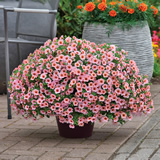
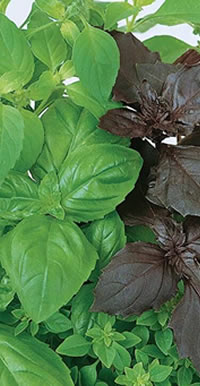
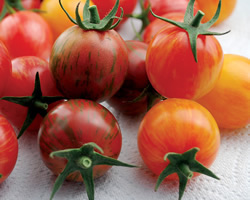
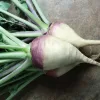
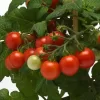
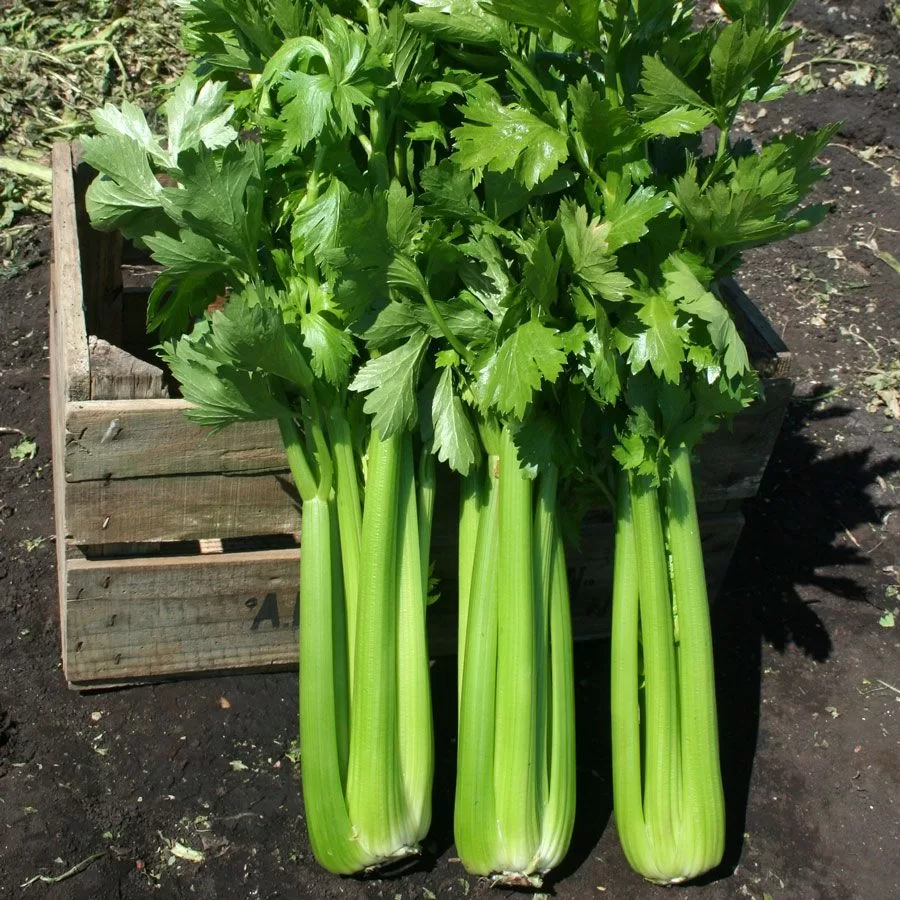
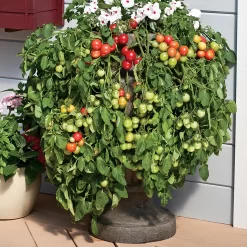
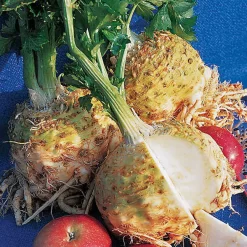
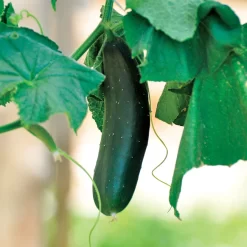
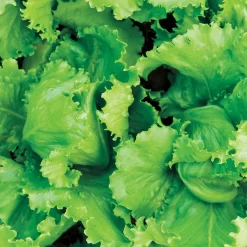
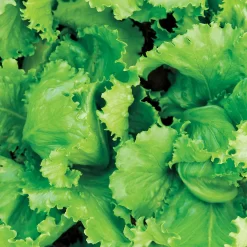
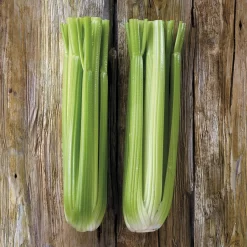
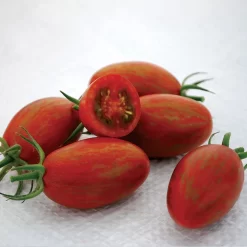
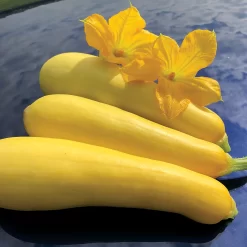
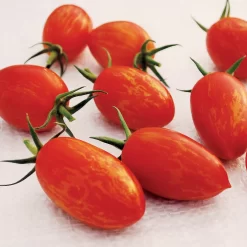
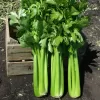
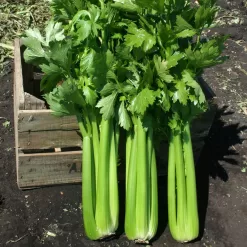
Reviews
There are no reviews yet.